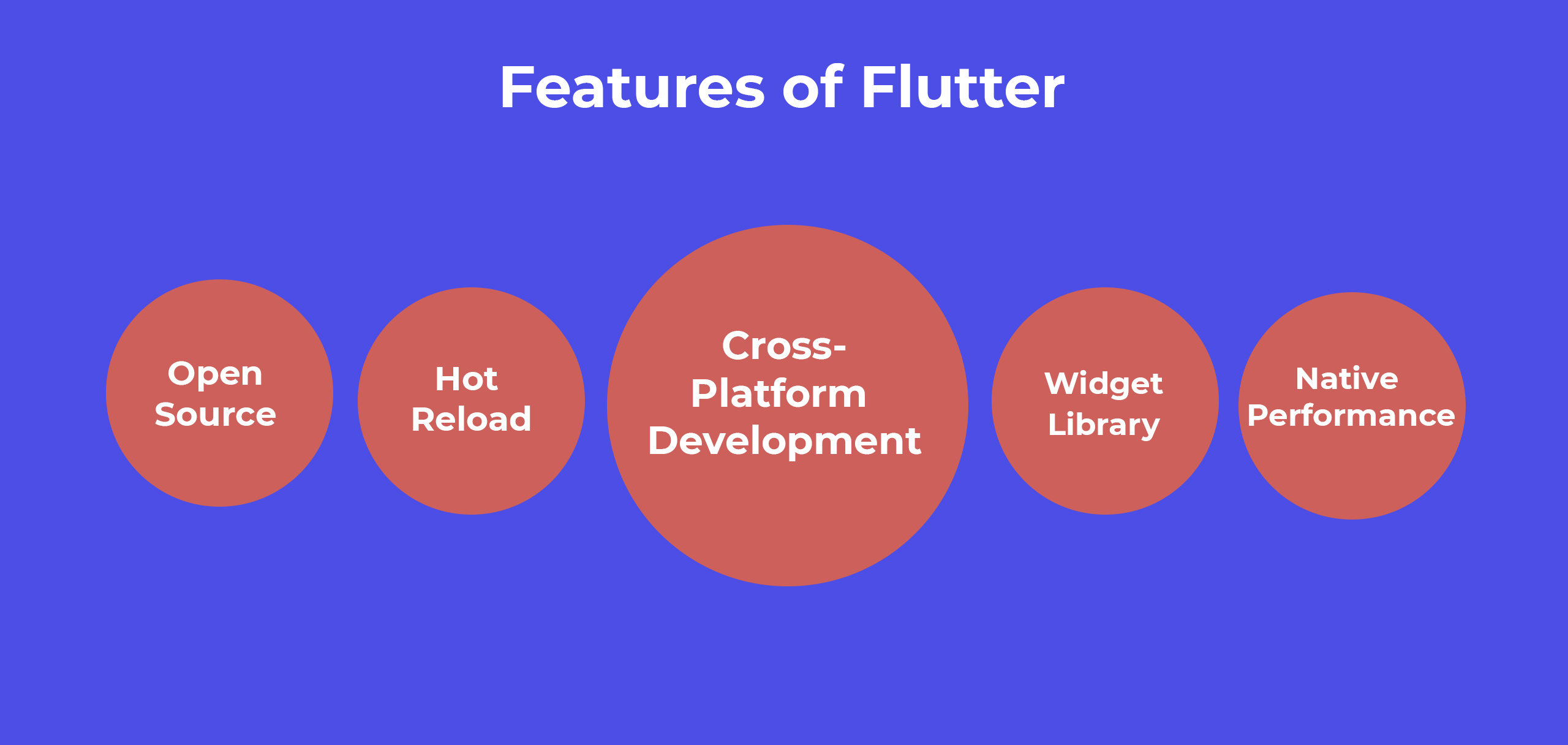Flutter: The Framework For Cross-Platform Applications
An open-source software development kit called Flutter App Development makes it simple and easy to create cross-platform mobile apps. Without having to develop the code for the iOS and Android apps individually, you can easily create high-quality natively generated apps for both platforms. One codebase will do for both systems.
More than 2 million developers have used the toolkit since it was released in 2018, according to Tim Sneath, product manager of Flutter, who made the announcement last year. The spring update also reveals that there has been an increase in the development of both consumer and business apps.
We’ll introduce this developer-friendly app development language in this article. We’ll define Flutter and run down the benefits and drawbacks of using it.
What is Flutter?
Building apps cost money when Objective C/Swift and Java/Kotlin were the two main languages used for mobile development. You needed to create two distinct apps, which required doing the job twice.
A number of frameworks have been developed for the development of hybrid (or cross-platform) apps in HTML5 and JavaScript in order to address this issue. The Flutter framework has rapidly gained popularity among developers, businesses, entrepreneurs, and users among cross-platform toolkits like Phonegap, Xamarin, React Native, and others.
Using a single codebase, Flutter is a portable UI toolkit for creating native-like apps for mobile, web, and desktop. It integrates Material Design and Cupertino widgets and makes use of the Dart programming language. Developers using Flutter can produce stunning user interfaces that feel and look native. Despite the fact that you only have one codebase, it functions normally on all platforms.
The only framework with a mobile SDK that offers a responsive design without a Javascript bridge is Flutter, which achieves a level of speed comparable to that of its cousin and main competition React Native. The many platforms, including Android, iOS, and Linux, MAC, Windows, and Google Fuchsia applications, are all simply integrated.
What Is The Purpose Of Flutter?
Without having to create a separate codebase for each platform, Flutter is one of the finest ways to create apps for both Android and iOS. These apps’ smartphone versions are created specifically for each platform before being released and work as true native apps on Apple and Android smartphones. They don’t require a browser or a runtime module. It is also feasible to develop native Windows, Linux, and macOS programs as well as web apps for browsers using the same codebase.
The Google Home hub’s user interface and a number of Google Assistant modules are both powered by Flutter.
Flutter is used by well-known e-commerce service providers including eBay, Groupon, and Alibaba Group to deliver their mobile and online apps a unified appearance.
Widgets Are Everything: The Flutter Principle
A widget-based technology is called Flutter. This implies that every element can benefit from object-oriented programming. The simplicity with which widgets can be changed or customised when utilising Flutter is one of its advantages. Additionally, it offers UI widgets that adhere to important web application design standards.
Since its debut, the open-source framework Flutter has acquired a sizable and engaged developer community. This community continuously disseminates helpful code samples and aids programmers in making fresh, creative, stunning cross-platform applications.
Features

Flutter has certain features like:
- Hot reload
- Cross-platform development
- Widget library
- Native performance
- Open-source
- Hot Reload
With a hot reload, it is possible to observe changes to the code immediately reflected in the user interface. This expedites the process of working on the application’s outlook; in addition, it enables developers to fix problems, which saves money and time.
- Cross-Platform Development

Developers may write code that runs on various platforms thanks to Flutter. The identical codebase can be used by two separate applications. The UI itself can be shared in addition to the UI code. Compared to maintaining several codebases for various platforms, maintaining a single codebase is substantially simpler.
- Widget Library
In Flutter, a widget is the definition of everything. A menu, padding, or colour are examples of widgets. Complex widgets can be made by Flutter and then adjusted to meet the needs of the application. There are also accessible built-in widgets for use. Examples of widget sets that offer a glitch-free user experience are the Cupertino bundle and Material Design.
- Person Performance
Platform-specific widgets for Google Fuchsia, Android, and iOS are offered in Flutter. To use the many platform-dependent functionalities, these widgets can be added to the Flutter application. You can leverage existing Swift, Objective-C, and Java codes to access native capabilities like the camera and location. As a result, Flutter makes it simple to use APIs and third-party integrations.
- Open-Source
Flutter was made available as an open-source platform by Google. To construct Flutter applications, developers can experiment with a variety of design alternatives. Material Design and Cupertino widgets can be used to make user-friendly applications. Flutter Form is a group of Flutter fans who meet together to talk about and answer questions about the framework. Online forums and comprehensive documentation are available for Flutter, which is free.
Your Next Steps For Flutter App Development?

Nettyfy Technologies has created a number of apps using the Flutter framework. Using Flutter, we have successfully created top-notch social media apps, service booking apps, productivity measurement apps, utility apps, product distribution apps, and healthcare apps. We are skilled practitioners despite the technology’s very recent existence!
Contact Nettyfy Technologies for a free consultation if you’d like to talk about the possibility and advantages of adopting Flutter app development for your project.


